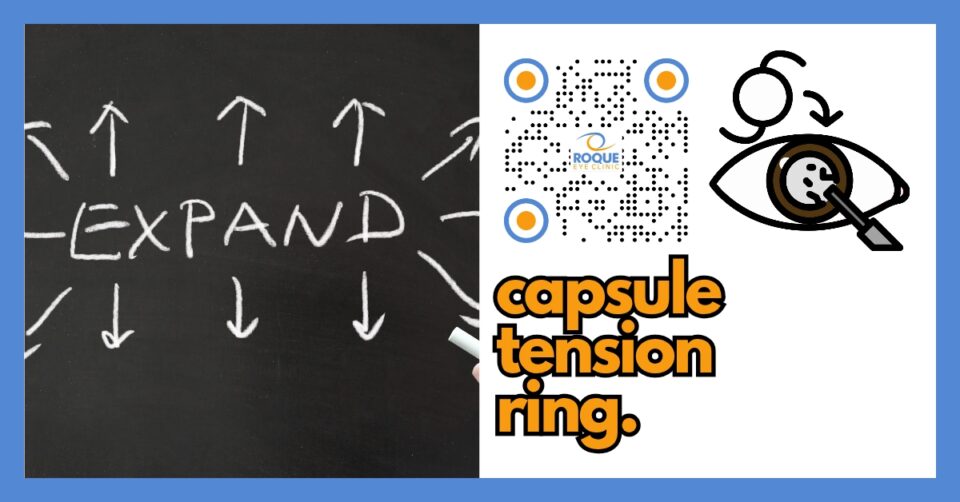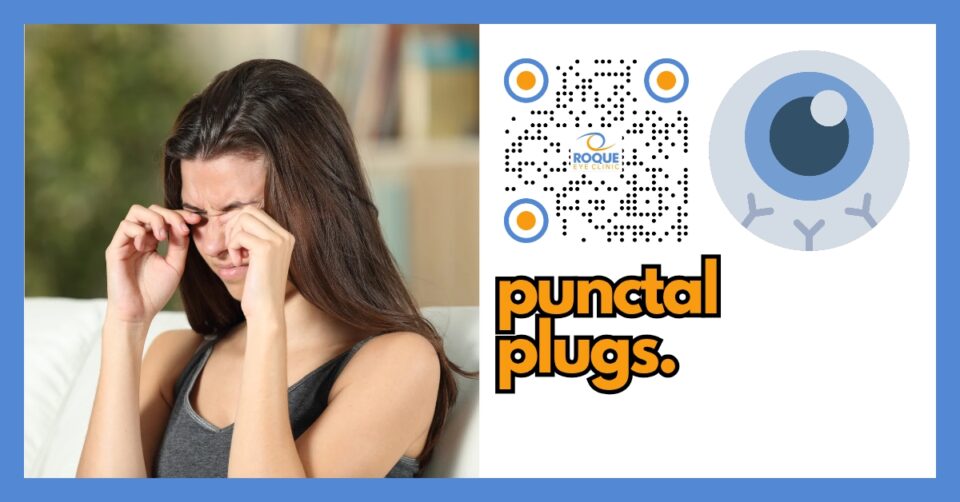Combined PRK and Corneal Collagen Cross-Linking for Keratoconus: Procedure, Benefits, and Recovery
Key Learning Points:
-
Understanding Keratoconus: A progressive eye condition where the cornea thins and bulges into a cone-like shape, leading to distorted vision.
-
Symptoms: Blurred vision, increased sensitivity to light, frequent prescription changes, and difficulty with night vision.
-
Treatment Options: Glasses or contact lenses in early stages; advanced treatments include Corneal Collagen Cross-Linking (CXL) and Combined Photorefractive Keratectomy (PRK) with CXL.
-
Combined PRK and CXL: A procedure that reshapes the cornea and strengthens its structure, aiming to improve vision and halt disease progression.
-
Post-Treatment Care: Following medical advice, attending regular check-ups, and protecting eyes from irritants are crucial for effective healing.
Introduction
Keratoconus is an eye condition that affects the cornea—the clear, dome-shaped front surface of the eye. In keratoconus, the cornea gradually becomes thinner and bulges outward into a cone shape, leading to distorted vision. Imagine looking through a window with a small, cone-shaped bulge; the view would be warped and unclear. This is similar to how keratoconus affects your vision.
Understanding Keratoconus
The cornea plays a vital role in focusing light onto the retina at the back of the eye, enabling clear vision. In keratoconus, the structural integrity of the cornea weakens, causing it to protrude outward. This abnormal shape prevents light from focusing correctly on the retina, resulting in blurred or distorted vision.
Symptoms of Keratoconus
Keratoconus often begins during adolescence or early adulthood and may progress over time. Common symptoms include:
-
Blurred or Distorted Vision: Objects may appear wavy or blurred.
-
Increased Sensitivity to Light: Bright lights may cause discomfort or glare.
-
Frequent Changes in Eyeglass Prescription: Rapid changes in vision may require frequent updates to corrective lenses.
-
Difficulty with Night Vision: Seeing in low-light conditions becomes challenging.
If you experience any of these symptoms, it's essential to consult an eye care professional for a comprehensive evaluation.
Treatment Options for Keratoconus
Treatment for keratoconus depends on the severity of the condition and how quickly it's progressing. Options include:
-
Eyeglasses or Soft Contact Lenses: In the early stages, these can correct mild vision problems.
-
Rigid Gas Permeable Contact Lenses: These provide a smooth refractive surface, improving vision by compensating for the irregular corneal shape.
-
Scleral Lenses: Larger lenses that vault over the cornea, resting on the sclera (the white part of the eye), offering comfort and improved vision.
-
Corneal Collagen Cross-Linking (CXL): A minimally invasive procedure that strengthens corneal tissue to halt the progression of keratoconus.
-
Combined Photorefractive Keratectomy (PRK) and CXL: This advanced treatment not only stabilizes the cornea but also aims to improve vision by reshaping the corneal surface.
Combined Photorefractive Keratectomy and Corneal Collagen Cross-Linking
Combined PRK and CXL is a two-step procedure designed to address both the structural integrity of the cornea and visual acuity.
-
Photorefractive Keratectomy (PRK): This laser-based surgery removes a small amount of corneal tissue to reshape the cornea, correcting refractive errors such as nearsightedness, farsightedness, or astigmatism.
-
Corneal Collagen Cross-Linking (CXL): Following PRK, riboflavin (vitamin B2) drops are applied to the cornea, which is then exposed to ultraviolet (UV) light. This process strengthens the collagen fibers within the cornea, increasing its rigidity and preventing further bulging.
Think of the cornea as a tent. If the tent poles (collagen fibers) are weak, the tent (cornea) sags and loses its shape. CXL acts like reinforcing those tent poles, ensuring the tent remains sturdy and retains its proper form.
Benefits of Combined PRK and CXL
This combined approach offers several advantages:
-
Visual Improvement: PRK addresses refractive errors, leading to clearer vision.
-
Disease Stabilization: CXL halts the progression of keratoconus, preserving vision.
-
Reduced Need for Contact Lenses: Many patients experience improved vision without relying on contact lenses.
What to Expect During the Procedure
The combined PRK and CXL procedure is typically performed on an outpatient basis and involves the following steps:
-
Preparation: Anesthetic eye drops are applied to numb the eye.
-
PRK Surgery: The outer layer of the cornea (epithelium) is gently removed, and an excimer laser reshapes the underlying corneal tissue.
-
CXL Treatment: Riboflavin eye drops are administered, followed by exposure to UV light for a specific duration to strengthen the cornea.
The entire procedure usually takes about an hour.
Post-Procedure Care and Recovery
After the procedure, proper care is essential to promote healing and achieve the best possible outcome. Here are some guidelines to follow:
- Protective Contact Lens: A soft contact lens may be placed on the eye to aid healing and provide comfort.
- Medications: Use prescribed antibiotic and anti-inflammatory eye drops as directed to prevent infection and reduce inflammation
- Avoid Rubbing the Eyes: The corneal surface is healing, and rubbing the eyes may cause complications.
- Wear Sunglasses: Light sensitivity is common after the procedure, so wearing sunglasses helps reduce discomfort.
- Limit Screen Time: Reducing exposure to screens helps minimize eye strain during the healing phase.
- Follow-Up Appointments: Regular check-ups ensure that healing is progressing as expected.
Expected Recovery Timeline
- First Few Days: Patients may experience discomfort, light sensitivity, and blurry vision.
- First Week: The epithelial layer of the cornea starts to regenerate, and discomfort gradually decreases.
- First Month: Vision stabilizes, though mild fluctuations may still occur.
- Three to Six Months: Vision improvement continues, and the cornea strengthens further.
Most patients notice significant visual improvements within a few months, but full stabilization may take up to a year.
Frequently Asked Questions (FAQs)
1. Who is a candidate for combined PRK and CXL?
This treatment is suitable for individuals with progressive keratoconus or those with mild to moderate keratoconus who want to reduce dependence on contact lenses.
2. Is the procedure painful?
Patients receive anesthetic eye drops before the procedure, so there is minimal discomfort. Mild irritation or burning sensations may occur during recovery but are manageable with medications.
3. How long does the procedure take?
The entire procedure typically lasts about 45–60 minutes per eye.
4. How soon can I return to work or daily activities?
Most patients need a few days to a week of rest before resuming normal activities. Those with screen-heavy jobs may need longer due to initial light sensitivity.
5. Will I still need glasses or contact lenses after treatment?
While many patients experience significant vision improvement, some may still require glasses or contact lenses for fine-tuning vision clarity.
6. What are the risks of combined PRK and CXL?
Risks include dry eyes, light sensitivity, corneal haze, and mild discomfort. These usually resolve over time with proper care.
7. Can keratoconus come back after treatment?
CXL significantly slows or halts the progression of keratoconus, but regular eye exams are necessary to monitor any changes.
8. How does PRK compare to LASIK for keratoconus patients?
LASIK is not recommended for keratoconus because it weakens the cornea. PRK with CXL is a safer alternative as it both reshapes and strengthens the cornea.
9. Are both eyes treated at the same time?
In most cases, doctors treat one eye at a time, allowing the first eye to heal before treating the second.
10. How much does the procedure cost?
Costs vary depending on location, surgeon expertise, and additional services. Patients should consult their ophthalmologist for detailed pricing and potential insurance coverage.
Take-Home Message
Combined PRK and CXL is an advanced treatment option for patients with keratoconus, offering vision correction and disease stabilization in one procedure. By reshaping and strengthening the cornea, this approach improves visual clarity and reduces the need for contact lenses. Post-procedure care, patience, and regular follow-ups are essential for achieving the best possible outcomes. If you or a loved one have keratoconus, consult a trusted ophthalmologist to determine if this treatment is right for you.
BOOK AN APPOINTMENT
It takes less than 5 minutes to complete your online booking. Alternatively, you may call our BGC Clinic, or our Alabang Clinic for assistance.






